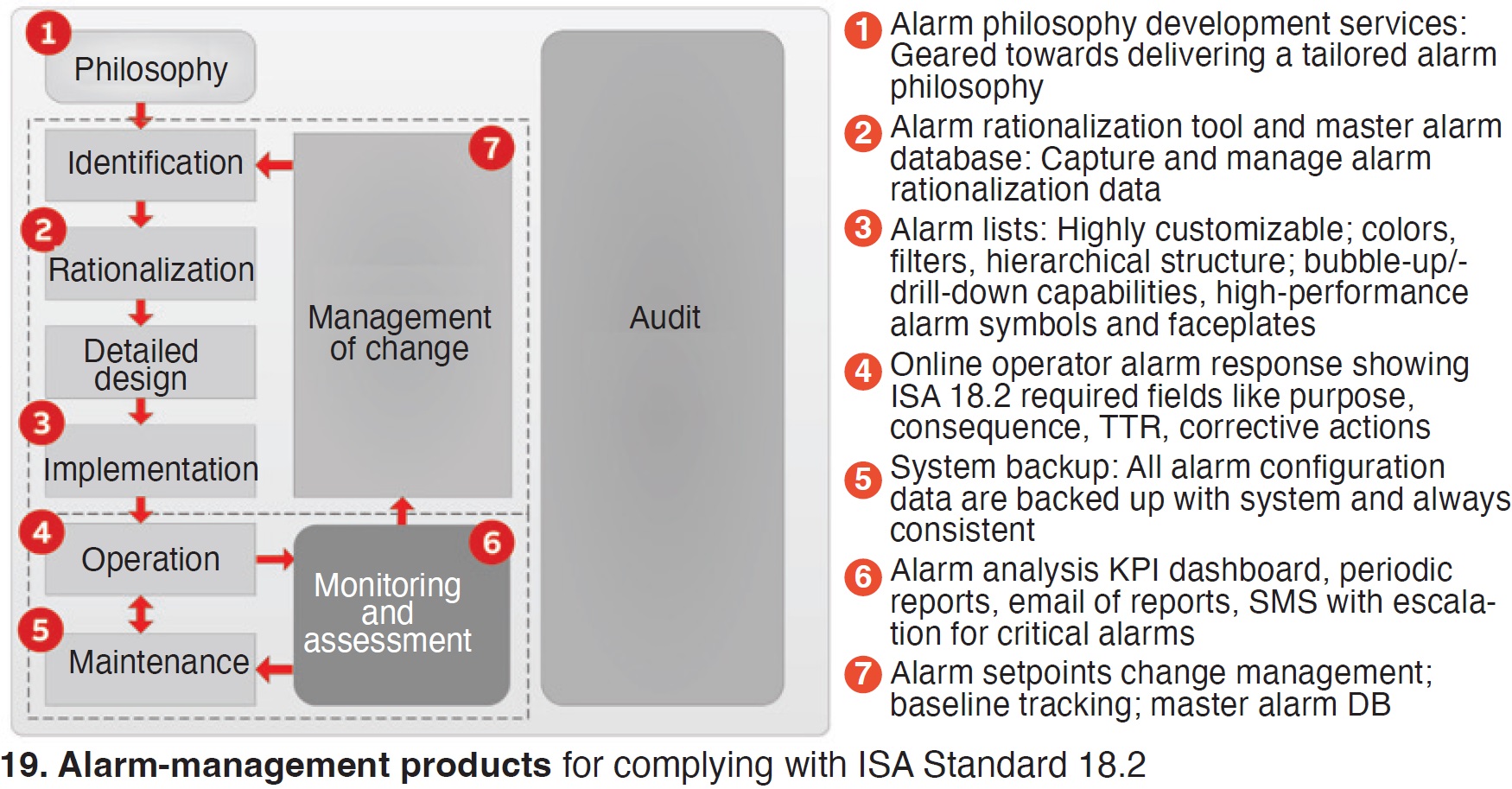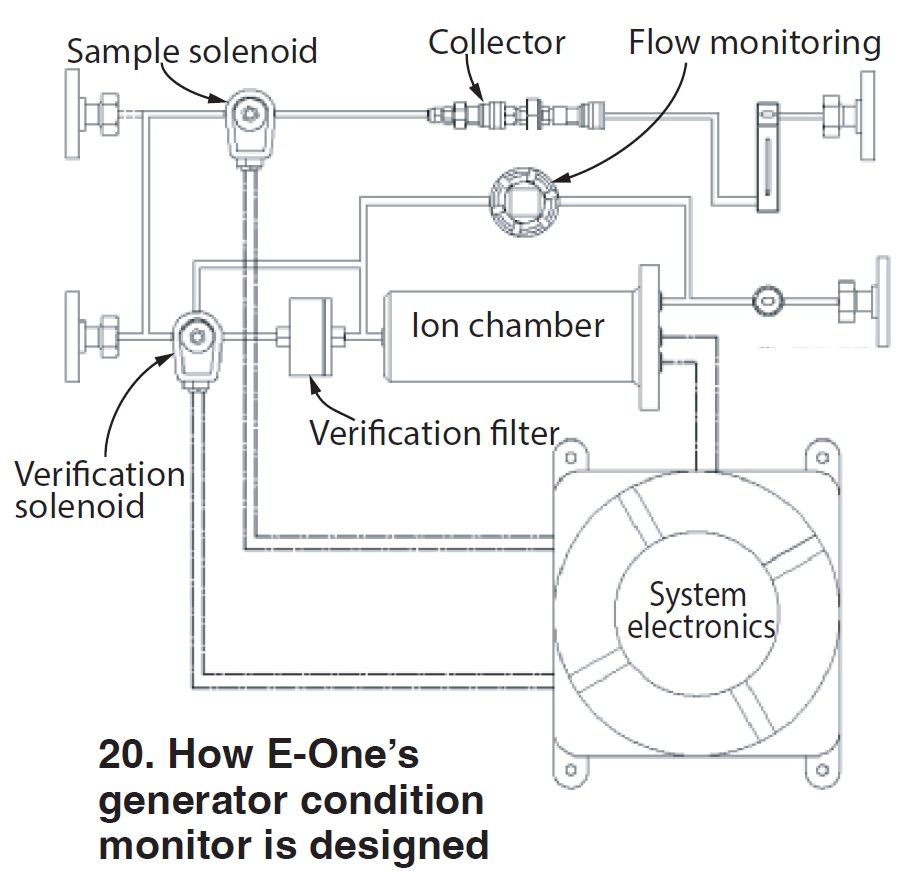
Related Links
- What you shouldn’t miss at the upcoming Power Users Annual Conference featuring five user group tracks
- Power Users Annual Conference dives deep into emerging industry trends, concerns
- Combined Cycle Users Group: 2023 vendor presentation recaps
- Steam Turbine Users Group: 2023 vendor presentation recaps
- Generator Users Group: 2023 vendor presentation recaps
- Power Plant Controls Users Group: 2023 vendor presentation recaps
“Using Metrology Fundamentals in Calibration to Drive Long Term Value,” Ned Espy, Beamex
If you need a refresher on the general fundamentals of measurement, calibration, standards, the various forms of uncertainty, and hysteresis, this set of slides is for you.
“Hands On Training: AVEVA PI Learning Lab 301,” Nick Thorson and Rebekah Atkinson, Process Innovations/Process Plugins™
Two separate presentations with same title review PI basics such as what a PI system is, exception and compression, PI Data Link (an add-in to Microsoft Excel), PI Vision (which replaces Process Book), PI administration basics, asset framework, analysis, event frames, notifications, templates, accessing data, and third-party integration.
“Considerations for Combined Cycle Controls Upgrade,” Kevin Kochirka and Ralph Porfilio, ABB
The reasons customers are considering control upgrades are reiterated (obsolescence, reliability, cyber vulnerabilities, performance improvement), then the presenters offer upgrade project drivers and benefits of high-performance HMI upgrades, integrated alarm analysis, addressing cybersecurity, and finally subsystem upgrades such as steam turbine, gas turbine, duct burner firing, and optimization opportunities throughout the plant.
“A Practical Approach to Alarm Management and Rationalization,” Liwei Huang, ABB
Before 1960, a plant operator had to monitor and respond to 100 alarms; Post 2000, that number is more like 4000, note authors. Hence, the keen interest in alarm rationalization, the creation of ISA 18.2, and this company’s products for complying with the standard (Fig 19), the subject of most of these slides.

“Using Real Time Data Analytics to Improve Asset Reliability and Performance Across the Tenaska Combined Cycle Fleet,” Kelly Borgen, Black & Veatch, and David Martorana, Tenaska
Company’s software and services are used by owner/operator to “distill large data sets into meaningful and actionable issues.”
Examples of “catches” with meaningful value include desuperheater spray-water valve actuator failure, identifying condenser air inleakage, gas-turbine bearing temperature, and others.
“Hydrogen Injection in Natural Gas: Case Study at Long Ridge Energy,” Cory Marcon, Endress+Hauser
Company’s extensive global process industry experience worldwide opens this presentation. While “industrialized Raman spectroscopy” technology and other aspects for measurement of 5% H₂ blends at Long Ridge are amply covered, last few slides detail company’s experience with many other H₂ blend situations. A comprehensive table comparing four other H₂ measurement solutions to Raman spectroscopy is worth noting.
“Lessons Learned During Industrial Steam Turbine Control Retrofit,” Mike Hovious, MD&A
Simply put, the lessons are (1) create a control narrative, a document that contains a functional description of the control system programming and configuration; (2) don’t overlook instrumentation; (3) check trip time; (4) assume nothing when troubleshooting.
“Remote Operator Initiated Purge,” Mike Williams, Environment One Corp
Slides cover benefits of a remote-operator-initiated purge, what you need to know to get started, options for automating, connecting points, 7F automation kit, and CO₂ vaporizers.
“Why Do I Have a Core Monitor? Generator Condition Monitor (GCM-X),” Christopher Breslin, Environment One Corp
If you think your existing core monitor may be obsolete, the monitoring apparatus supplied by the OEM of your H₂-cooled generator is inadequate, or you just want additional assurance about protecting the asset, these slides will guide you through the company’s GCM-X technology, how it works (Fig 20), and examples of alarms.
Several descriptions of “saves” and a recent success story are particularly salient.

“Performance, Reliability, and Instrument Calibration,” John Downing, AP4 Group
There are an average of 3000 instrumentation-related reliability events per year with 7F machines, leading to 75,000 hours of downtime.
In 2022, there were 13 excitation forced outages between July 1 and September 30 with an average 30-hr recovery time.
For these reasons, company advocates performance evaluations to determine performance baseline, monitor degradation, identify instrumentation affecting plant performance, and maintain critical equipment with proper service and calibration.

